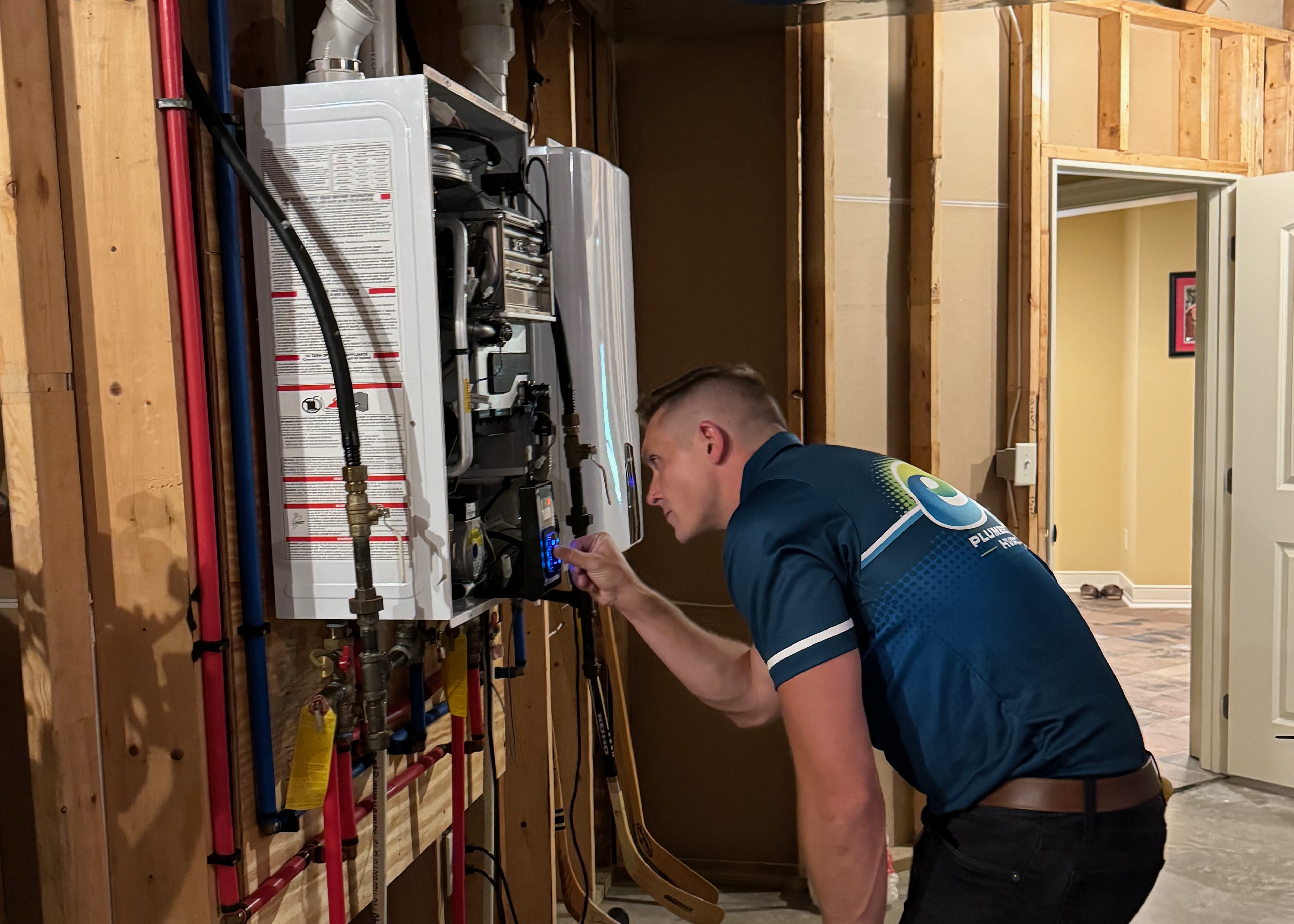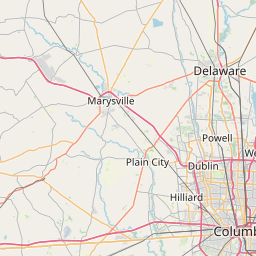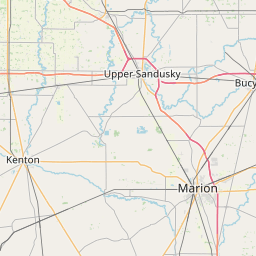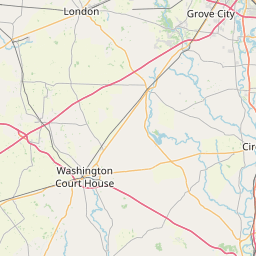Regular water heater care is crucial for ensuring its efficient operation and longevity. One of the most common issues that can arise is a leak. Identifying and fixing leaks during water heater maintenance in Columbus, OH, promptly can prevent further damage and costly repairs. This guide will help you understand how to spot leaks and address them effectively:
- Inspect the Water Heater Tank
Begin by thoroughly inspecting the water heater tank for any visible signs of leaks. Look for water pooling around the base or rust spots on the tank. These are clear indicators of a leak and require immediate attention to prevent further damage.
- Check the Pressure Relief Valve
The pressure relief valve is a safety feature that releases excess pressure from the tank. If this valve is leaking, it could indicate high pressure inside the tank. Test the valve by lifting the lever and letting it snap back. If water continues to leak, the valve may need to be replaced.
- Examine the Inlet and Outlet Connections
Leaks can often occur at the inlet and outlet connections where the water pipes connect to the tank. Tighten any loose fittings and inspect for corrosion or damage. Replacing worn-out gaskets or applying a plumber’s tape can often resolve leaks at these connections.
- Monitor the Anode Rod
The anode rod prevents corrosion inside the tank. If it becomes severely corroded, it can cause leaks. Regularly check the condition of the anode rod and replace it if it is significantly worn out. Understanding the tankless water heater maintenance cost in Cincinnati, OH, can help you budget for this simple maintenance step, which can extend the life of your water heater.
Identifying and fixing leaks during hot water system maintenance is essential for maintaining its efficiency and preventing costly repairs. Regular inspections and timely repairs can ensure your water heater functions optimally for years to come.
For expert water heater installation near Dayton, OH, trust Eco Plumbers, Electricians, and HVAC Technicians. Call us at (855) 326-7586 to schedule your service and ensure efficient operation.
























































